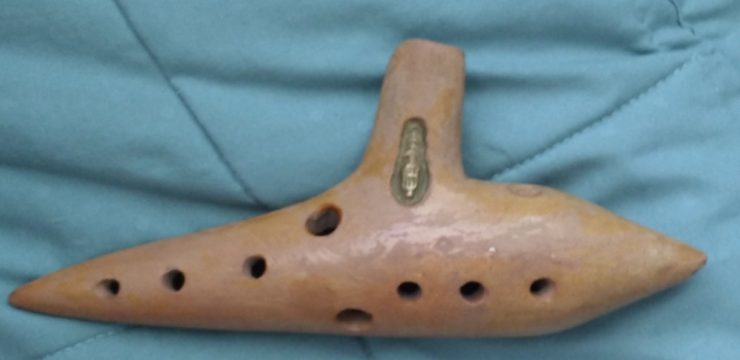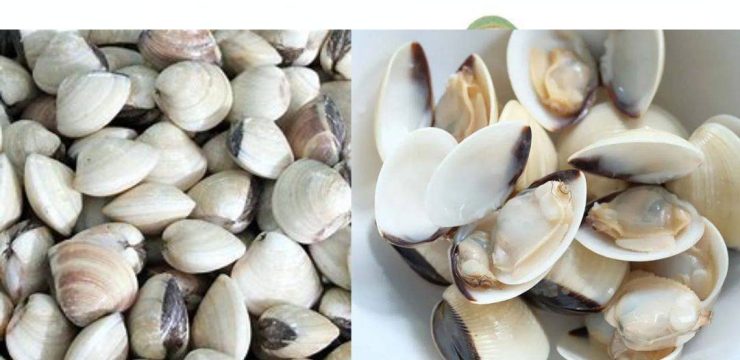As the warm weather rolls in and the sun shines brighter, many of us naturally return to the habit of drying clothes outside. There’s something refreshing about the smell of clean laundry carried by the breeze, and for many, it’s a seasonal ritual. However, what seems like a harmless and even charming way to care for clothes could actually pose a problem—especially for people who suffer from seasonal allergies.

Spring might symbolize renewal and beauty, but for allergy sufferers, it marks the start of a long and uncomfortable stretch of sneezing, itchy eyes, fatigue, and congestion. From March through September, the air is filled with various types of pollen, starting with tree pollen in early spring, followed by grass pollen in late spring and early summer, and then weed pollen lasting through the fall. This constant presence of allergens in the air makes outdoor environments a challenge for anyone sensitive to pollen. When you hang your clothes or bedding outside to dry, those fabrics act like pollen traps.
The sticky pollen particles attach themselves to the fibers, embedding into your clothes while they flap in the wind. So, when you bring that laundry back into the house, you’re unknowingly dragging in all those allergens. Your sheets, towels, and clothing can now trigger sneezing fits, skin irritation, and general discomfort, even though they’re fresh from the line. It’s a bit like leaving your clothes in a field full of blooming flowers during peak allergy season and then wrapping yourself in them at bedtime. Thankfully, there are ways to avoid this issue without sacrificing clean, fresh-smelling laundry. Experts suggest drying clothes indoors in a well-ventilated room or using a dryer instead of hanging them outside during high-pollen months. If you do spend time outdoors, wear sunglasses to protect your eyes, and a hat to keep pollen from settling in your hair. When you get back inside, take a shower and change your clothes to remove any pollen that may have clung to you. You should also avoid spending time around freshly cut grass, as mowing releases even more pollen into the air. When it comes to treatment, there’s no magic cure for hay fever, but over-the-counter options like antihistamines, nasal sprays, and eye drops can offer some relief.
That said, prevention is the best strategy. By changing small everyday habits—like where you dry your clothes—you can make a big difference in how manageable your allergy symptoms are during the spring and summer months. And while we’re talking about laundry, it’s worth reviewing some common mistakes people make when using their washing machines. One big misstep is leaving clothes in the washer for too long after a cycle finishes. Wet clothes in a closed space create a warm, moist environment that’s ideal for mold and bacteria to grow. This can lead to musty-smelling clothes and even foul odors in your washer. To avoid this, always take your laundry out promptly and begin drying it immediately.
Another mistake is closing the washer door too quickly after removing the clothes. Especially with front-loading machines, you should leave the door open for a couple of hours to let any remaining moisture evaporate. These machines are sealed with rubber gaskets that trap steam, so shutting the door too soon can trap damp air inside, leading to mold buildup. However, leaving the door open too long isn’t good either—it can let dust in or even wear out the door hinges over time. As for underwear, even though most people throw it in with their regular laundry, that’s not the best approach. Underwear should ideally be hand-washed in warm water to remove bacteria and stains thoroughly. This helps prevent cross-contamination with other garments. After washing, let it dry in a shaded area or under direct sunlight to disinfect it properly. The same goes for bed linens—washing sheets and pillowcases with cold water might save energy, but it won’t do much against dust mites or body oils that leave yellow stains. It’s better to wash bedding in hot water every two weeks, but avoid using water that’s too hot to protect the fabric. Finally, remember to clean your washing machine regularly. Water flows through small gaps between the drum and the outer casing, and over time, dirt and detergent residue can accumulate in these spaces. If left uncleaned, these areas become breeding grounds for bacteria, reducing the effectiveness of your wash cycles and potentially making your laundry less hygienic. By taking a few simple steps—both inside and outside—you can protect your home from allergens and maintain a cleaner, healthier laundry routine.





